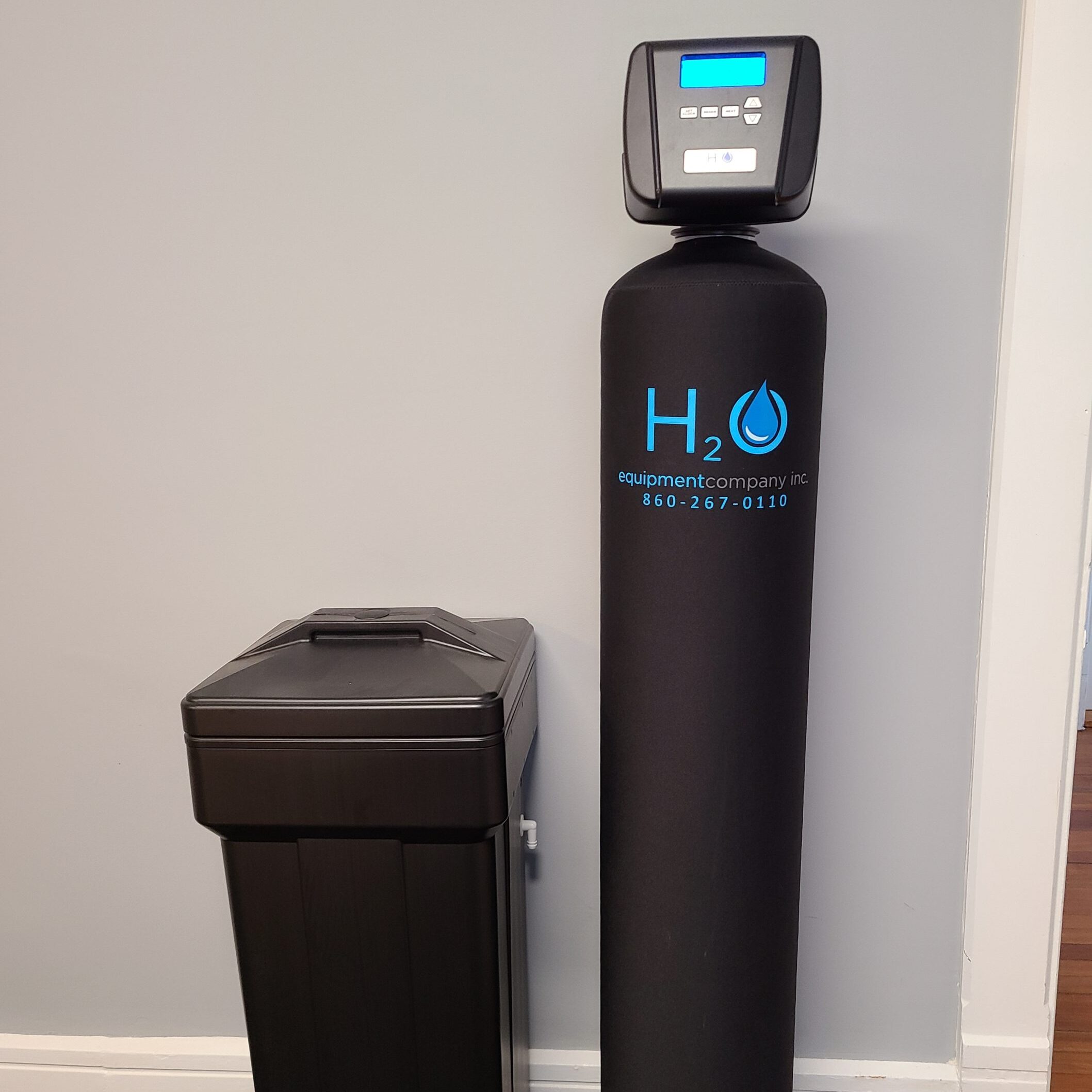A reliable water softener prevents mineral buildup and keeps your home’s plumbing and appliances running smoothly. But like any appliance, it requires consistent upkeep. Neglecting regular maintenance can lead to a frustrating and expensive water softener problem. Let’s explore a few simple habits that can go a long way in keeping your system running at peak performance.
Check Salt Levels Regularly
The most basic maintenance tip is the most critical: monitor your salt levels. Your water softener relies on salt to recharge the resin beads that remove calcium and magnesium from the water. If the salt runs too low, your system won’t effectively soften water, leading to mineral buildup and damage in pipes, appliances, and fixtures.
To avoid this water softener problem, check the salt level at least once a month. Make sure the salt is at least halfway up the brine tank. Use high-purity salt pellets to minimize residue and keep the tank cleaner over time.
Watch for Salt Bridges
A typical water softener problem is the formation of salt bridges—hard crusts that form in the brine tank and block salt from dissolving properly. Even if the tank looks full, the system may not be drawing brine, meaning your water isn’t getting softened. If you suspect a bridge, carefully poke the salt surface to check for solid layers underneath. Here are additional tips to prevent salt bridges:
- Use the right salt for your system.
- Keep your system in a low-humidity area.
- Occasionally stir or gently tap the salt to break up clumps.
Clean the Brine Tank Annually
Over time, salt can leave sludge or sediment at the bottom of the brine tank. If this builds up too much, it can clog the system and cause a serious water softener problem. Cleaning the brine tank once a year helps keep your system efficient and extends its life. Here’s how to do it:
- Empty the tank and dispose of old salt.
- Mix a solution of warm water and dish soap.
- Scrub the interior with a brush and rinse thoroughly.
- Refill the tank with clean water and fresh salt.
Schedule Resin Bed Maintenance
The resin beads in your softener are the real workhorses. Over time, they can get worn out or dirty from iron or organic matter. If you notice your water feels hard even with everyday salt use, it could be a sign that the resin needs attention. These steps can help you avoid a costly water softener problem caused by resin degradation:
- Use a resin cleaner every few months, especially in areas with high iron content.
- Avoid overloading the softener with tough water.
- Replace the resin every 10–15 years if needed.
Keep an Eye on Water Usage
Unexpected spikes in water usage—like filling a pool or running multiple loads of laundry—can stress your system. If your softener regenerates too frequently, it can wear out the components faster and waste water and salt.
Consider installing a water softener with demand-initiated regeneration (DIR), which adjusts automatically based on your household’s water usage. This step will help you save energy and reduce the risk of overuse-related issues.
Watch for Leaks or Standing Water
A water softener should never leak or pool water around its base. If you notice dampness, corrosion, or signs of mold nearby, it could start a significant water softener problem, such as a cracked brine tank, faulty valve, or leaky connection.
Inspect your system regularly for moisture and address any issues right away. Sometimes, it’s a quick fix like tightening a hose, but other times, it may require professional service.
Install a Pre-Filter if Needed
If your water contains sediment, iron, or chlorine, these can damage the resin bed or other softener parts. A pre-filter installed before the water softener can trap contaminants and protect the entire system. Check the pre-filter every 3–6 months and replace it as needed to keep your softener working smoothly and prevent long-term wear.
Call a Professional for Routine Inspections
Even with regular at-home maintenance, some issues can go unnoticed until it’s too late. To prevent a serious water softener problem, it’s a good idea to schedule a professional inspection once a year. A qualified technician can catch early signs of wear, test your water quality, and ensure all system components work correctly, helping your water softener last longer.
Avoiding a Water Softener Problem Starts with You
Regular maintenance is the best way to avoid costly water softener problems. With monthly attention and annual deep cleaning, you can protect your system and home from hard water damage.
If you’re unsure how to care for your unit, consider contacting a local water treatment professional for an inspection or service plan. A little preventative care today can save you hundreds or thousands in repairs tomorrow.

